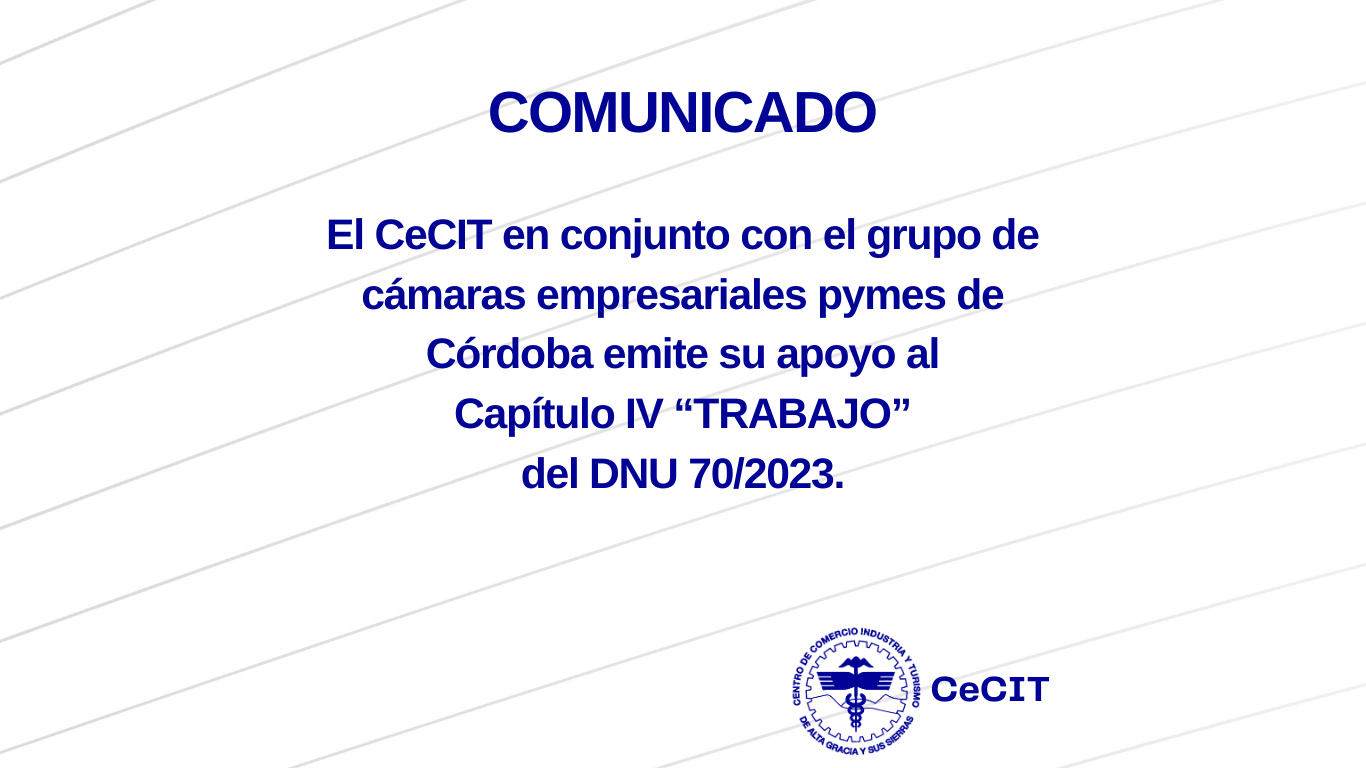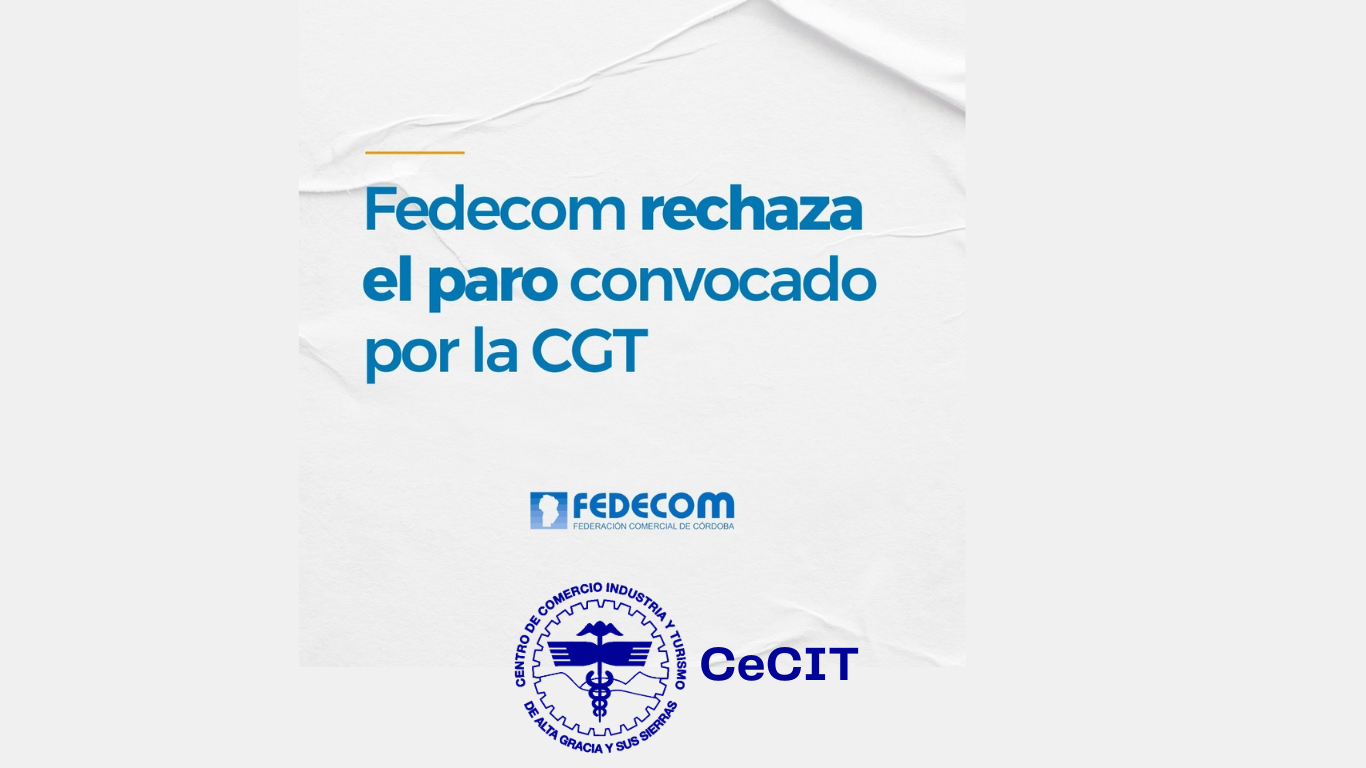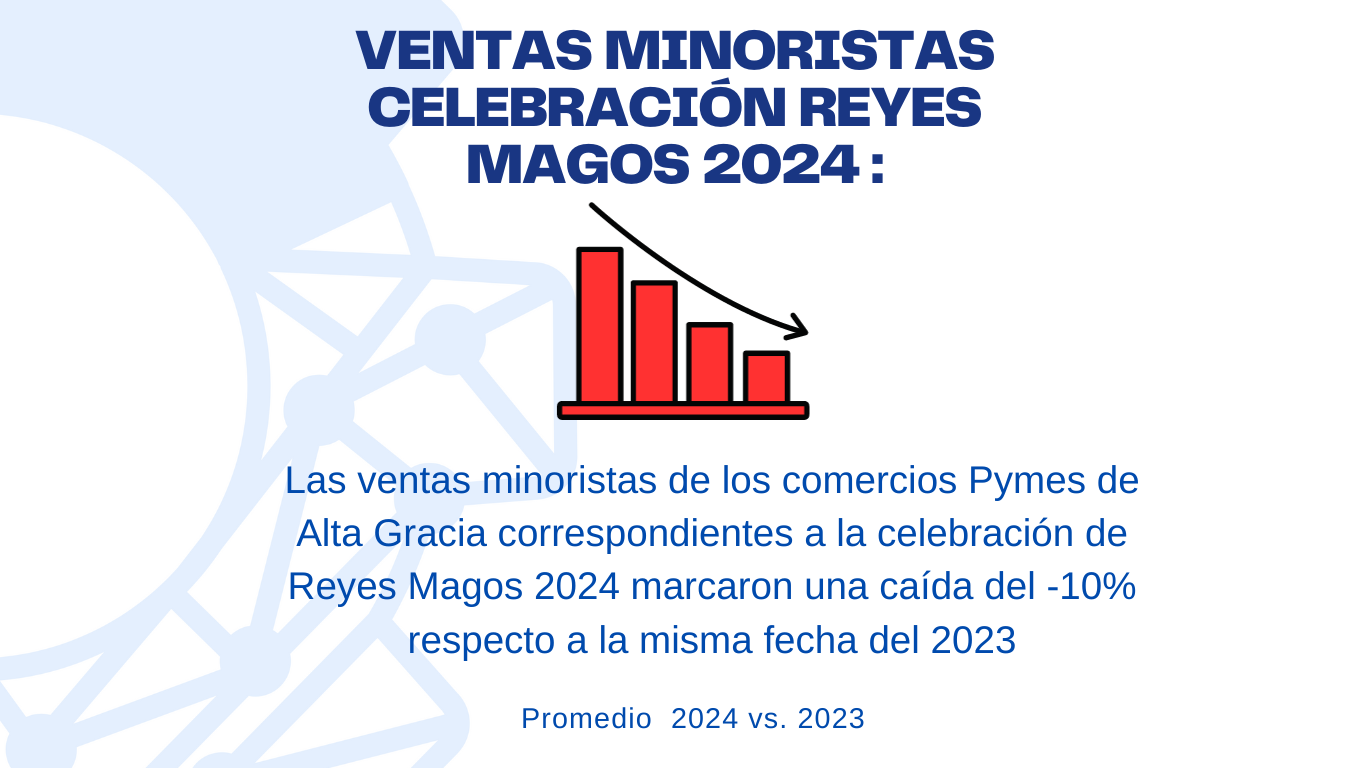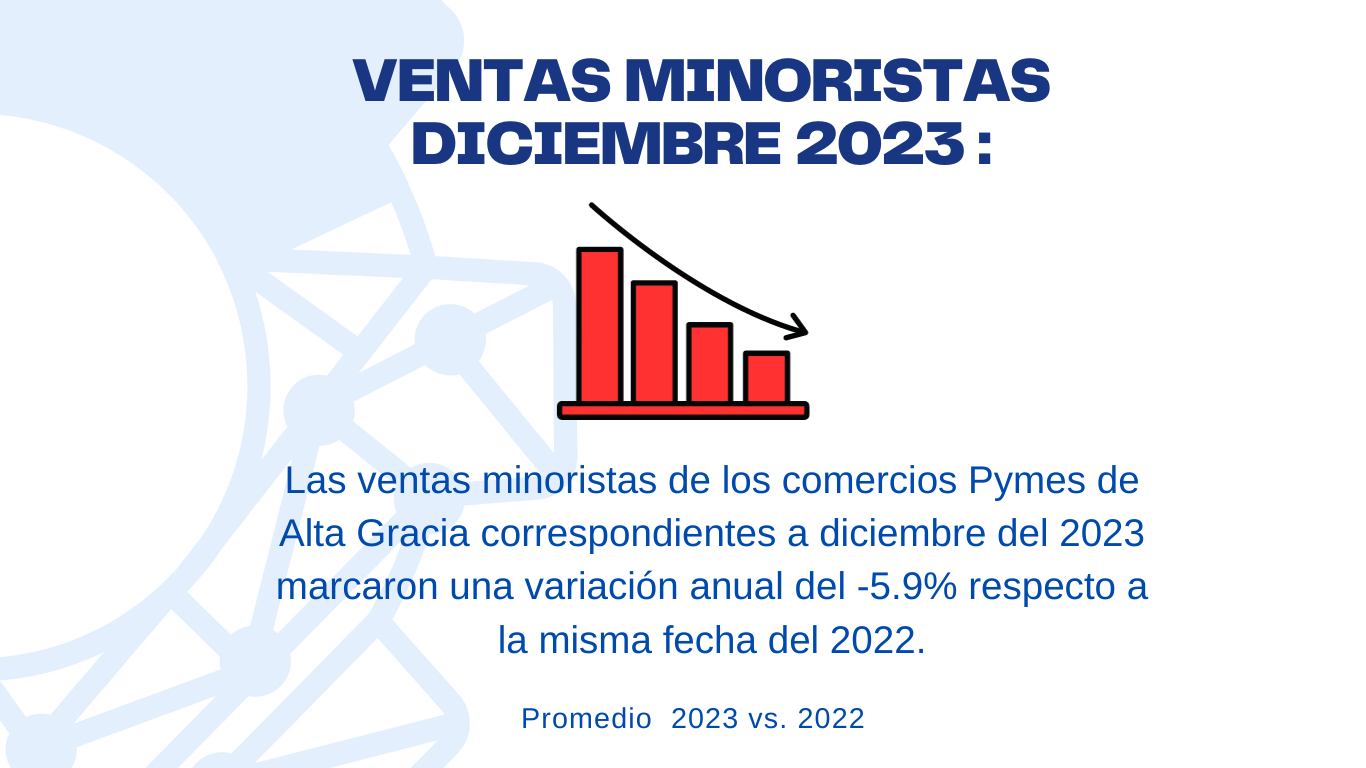Understanding THCP Gummies’ Mechanism of Action
In grasping how THCP gummies work, focus on THC’s strong bond with CB1 receptors. This connection tweaks neurotransmitter release, affecting how your brain functions. It has a wide impact on synaptic transmission, shaping behavior and cognition. Curious about the intricate dance of chemicals that drives these effects? A deeper understanding awaits.
Endocannabinoid System Overview
The endocannabinoid system plays a significant role in regulating various physiological processes in the human body. Endocannabinoid signaling, an essential component of this system, involves the modulation of neurotransmitter release, impacting functions such as pain sensation, mood regulation, and appetite.
Endocannabinoids, the endogenous ligands of this system, bind to cannabinoid receptors found throughout the body, including the brain. Through this interaction, endocannabinoids contribute to neurological modulation, affecting processes like synaptic plasticity and neuronal excitability.
In addition to the endocannabinoids themselves, enzymes responsible for their synthesis and degradation also play a crucial role in maintaining the delicate balance of the endocannabinoid system. For example, the enzymes FAAH and MAGL are involved in the breakdown of endocannabinoids, ensuring that their signaling is tightly controlled.
THCP Interaction With CB1 Receptors
Interactions between THCP and CB1 receptors demonstrate a vital regulatory mechanism within the endocannabinoid system. THCP, a newly discovered phytocannabinoid, exhibits a high affinity for CB1 receptors, similar to Δ9-THC but with potentially greater potency. When THCP binds to CB1 receptors, it initiates a cascade of receptor signaling events. This binding can modulate various physiological processes by altering neurotransmitter release, impacting mood, memory, pain perception, and appetite regulation.
THCP’s interaction with CB1 receptors influences the downstream signaling pathways, leading to the modulation of synaptic transmission and neuronal excitability. The binding of THCP to CB1 receptors can affect the release of neurotransmitters such as gamma-aminobutyric acid (GABA) and glutamate, essential for maintaining proper brain function. These effects on neurotransmitter release contribute to the overall pharmacological profile of THCP and its potential therapeutic applications. Understanding the intricate interplay between THCP binding and receptor signaling is essential for elucidating the mechanisms underlying the effects of THCP gummies on the endocannabinoid system.
THCP Effects on Neurotransmitter Release
When THCP interacts with CB1 receptors, it modulates neurotransmitter release in the brain, impacting various neuronal functions.
This modulation can influence the synaptic transmission between neurons, potentially altering communication within neural circuits.
Understanding the effects of THCP on neurotransmitter release is vital in comprehending its broader impact on brain function and behavior.
Neurotransmitter Modulation Mechanism
By modulating neurotransmitter release, THCP demonstrates its impact on the brain’s chemical signaling processes. THCP achieves this by binding to specific receptors in the brain, influencing signal transduction pathways that regulate neurotransmitter release.
Through this mechanism, THCP can either boost or inhibit the release of neurotransmitters such as dopamine, serotonin, and gamma-aminobutyric acid (GABA). For instance, by binding to cannabinoid receptors, THCP can modulate the release of dopamine, which plays a vital role in regulating mood and motivation. Additionally, its interaction with serotonin receptors can affect mood and anxiety levels.
THCP Impact on Neurons
THCP’s impact on neurons is primarily manifested through its modulation of neurotransmitter release in the brain. This modulation plays a vital role in altering neuronal signaling and ultimately affecting brain function. When THCP interacts with neurons, it influences neurotransmitter release through various mechanisms:
- Enhanced Dopamine Release: THCP can increase the release of dopamine, a neurotransmitter linked to reward and pleasure.
- Inhibited GABA Release: THCP may reduce the release of GABA, an inhibitory neurotransmitter that regulates brain activity.
- Modulated Glutamate Levels: THCP could impact glutamate release, affecting excitatory signaling in the brain.
- Altered Serotonin Transmission: THCP might influence serotonin release, which plays a role in mood regulation and emotional processing.
These effects collectively contribute to the overall impact of THCP on neuronal function and brain activity.
Synaptic Transmission Influence
Influencing neurotransmitter release at the synaptic level, THCP exerts a significant impact on neuronal signaling and brain function. THCP’s influence on synaptic transmission plays an important role in modulating neurotransmitter signaling.
Research suggests that THCP may affect synaptic plasticity, which is essential for learning and memory processes. By altering neurotransmitter release, THCP can potentially improve or inhibit synaptic plasticity, thereby impacting how information is processed in the brain.
Through its actions on neurotransmitter signaling, THCP might regulate the strength of neuronal connections, ultimately influencing cognitive functions. Understanding THCP’s effects on synaptic transmission provides valuable insights into its potential therapeutic applications and highlights the intricate ways in which cannabinoids can interact with the brain’s complex network of communication pathways.
Influence on Inflammatory Response
In modulating the inflammatory response, THCP gummies demonstrate a potential to regulate immune system activity efficiently. These gummies contain THCP, a phytocannabinoid with promising anti-inflammatory properties that can impact various aspects of the immune response.
Here are some key ways in which THCP gummies influence the inflammatory response:
- Cytokine Modulation: THCP may regulate the production of pro-inflammatory cytokines, potentially reducing inflammation in the body.
- Immune Cell Regulation: THCP gummies could influence immune cell activity, helping to maintain a balanced inflammatory response.
- NF-kB Pathway Inhibition: THCP might interact with the NF-kB pathway, a key regulator of inflammation, to help control inflammatory processes.
- Endocannabinoid System Activation: By interacting with the endocannabinoid system, THCP gummies can modulate immune responses, potentially leading to reduced inflammation.
These mechanisms underline the potential of THCP gummies in managing inflammatory responses in the body, making them a promising candidate for individuals seeking natural ways to support immune health and inflammation regulation.
Impact on Pain Perception
With its potential anti-inflammatory properties, THCP gummies may also impact pain perception through targeted mechanisms that warrant further exploration in understanding their analgesic effects. The endocannabinoid system, which THCP interacts with, plays an essential role in pain management.
By modulating the activity of neurotransmitters involved in pain signaling, THCP gummies have the potential to alleviate both acute and chronic pain. Studies have shown that cannabinoids like THCP can influence pain perception by interacting with CB1 and CB2 receptors in the central nervous system.
Additionally, THCP may affect cognitive function, which is closely linked to pain perception. By influencing cognitive processes such as attention and memory, THCP gummies could potentially modulate the way individuals perceive and respond to pain stimuli.
Understanding the intricate relationship between pain management, cognitive function, and the endocannabinoid system is essential for harnessing the full therapeutic potential of THCP in alleviating pain.
Metabolism and Bioavailability of THCP
Understanding the metabolic processes and bioavailability of THCP is essential for determining its pharmacokinetics and therapeutic efficacy. THCP, like other cannabinoids, undergoes specific processes in the body that impact its absorption, distribution, metabolism, and elimination. Here are some key points to take into account:
- Absorption Rate: THCP’s absorption rate can vary based on the delivery method, such as ingestion or inhalation, influencing how quickly it enters the bloodstream.
- Distribution: Once absorbed, THCP is dispersed throughout the body via the bloodstream, reaching target receptors in the endocannabinoid system and other relevant areas.
- Metabolic Pathways: THCP is metabolized in the liver through various enzymatic pathways, which can influence its potency and duration of action.
- Elimination: The clearance of THCP and its metabolites primarily occurs through urine and feces, with the body working to remove it from the system over time.
Understanding these processes can aid in predicting how THCP interacts within the body and affects its overall effectiveness in potential therapeutic applications.
Potential Therapeutic Applications
Discover the therapeutic benefits of THCP gummies, taking into account the wealth of data from clinical trials.
Understand the dosage considerations for best efficacy and safety when utilizing THCP for potential therapeutic applications.
Review the latest research findings to grasp the full scope of what THCP gummies can offer in the domain of healthcare.
Therapeutic Benefits Overview
Exploring the therapeutic benefits of THCP gummies reveals a promising array of potential therapeutic applications supported by scientific evidence. THCP gummies offer various health benefits and have garnered positive consumer feedback.
When considering THCP gummies, dosage recommendations play an important role in optimizing their therapeutic effects. Additionally, taste preferences are vital for ensuring a pleasant experience while consuming the gummies.
The potential therapeutic applications of THCP gummies span a wide range of conditions, making them a versatile option for those seeking alternative remedies. The combination of health benefits, consumer feedback, dosage recommendations, and taste preferences makes THCP gummies a compelling choice for individuals looking to incorporate them into their wellness routine.
Clinical Trial Results
Clinical trial results demonstrate the potential therapeutic applications of THCP gummies in addressing a variety of health conditions. Studies have shown that dosage variations play an essential role in patient responses to THCP gummies. Different dosages may result in varying levels of efficacy, emphasizing the importance of personalized treatment plans.
Additionally, research on long-term effects and the safety profile of THCP gummies is ongoing. Preliminary findings suggest that THCP gummies have a favorable safety profile, with minimal adverse effects reported in clinical trials. Further exploration into the long-term effects is essential to fully understand the potential benefits and risks associated with sustained use of THCP gummies in managing various health conditions.
Dosage Considerations
As you consider the potential therapeutic applications of THCP gummies, understanding the best dosage for addressing specific health conditions becomes essential. When determining the best dose, factors such as absorption rate and treatment efficacy play vital roles.
Here are some key dosage considerations to keep in mind:
- Start Low: Begin with a low dose and gradually increase to assess individual tolerance levels.
- Consult a Healthcare Provider: Seek advice from a healthcare professional to determine the appropriate dosage based on your specific health condition.
- Monitor Absorption Rates: Consider how quickly the body absorbs THCP to adjust dosing intervals accordingly.
- Evaluate Treatment Efficacy: Regularly evaluate the effectiveness of the chosen dosage in managing symptoms to ensure optimal therapeutic outcomes.





